Feb 19, 2025
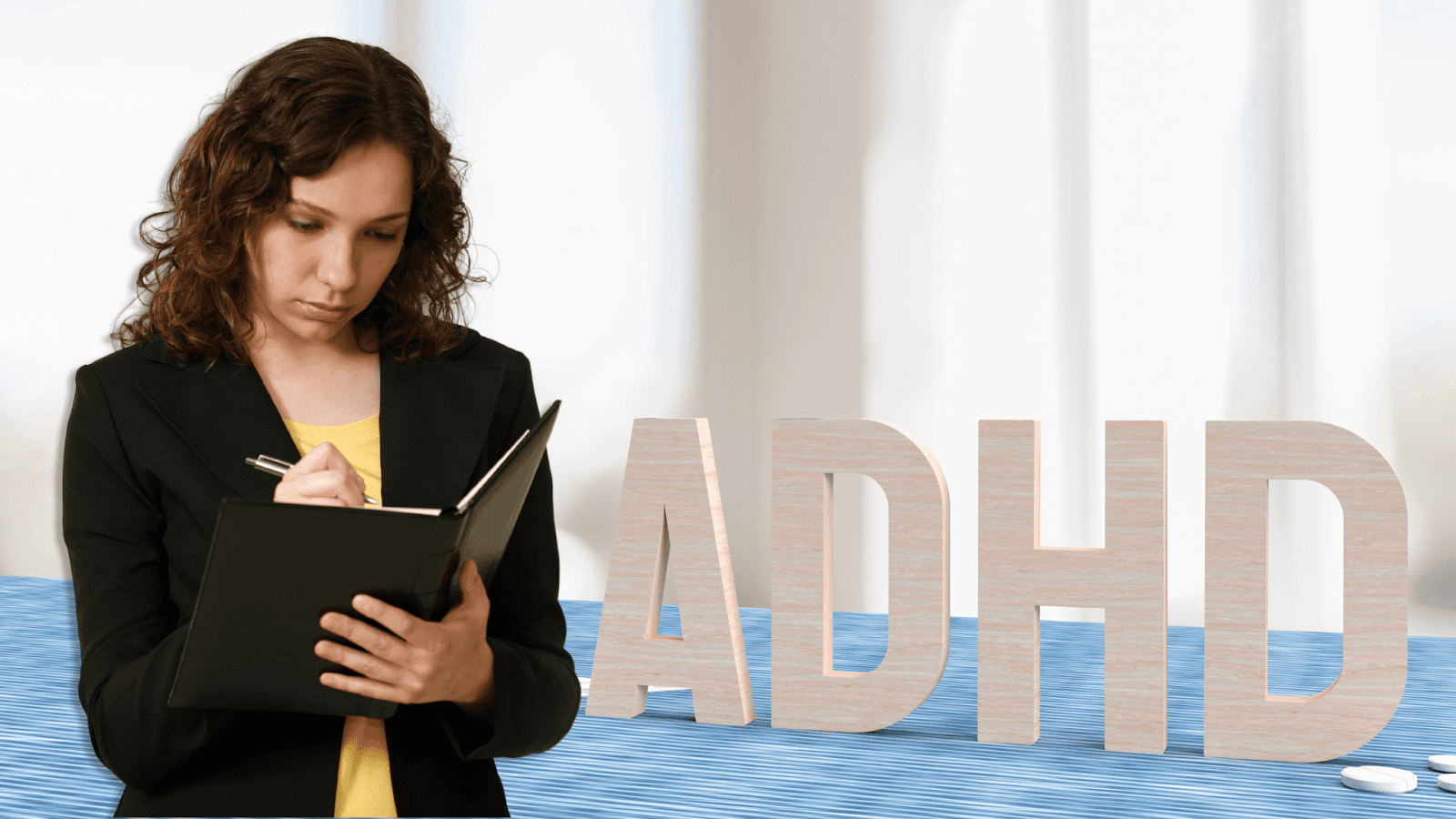
Taking notes is a fundamental skill for processing and retaining information, yet for individuals with ADHD, it can often feel overwhelming. The traditional methods of linear note-taking—writing down information as it comes—rarely account for how the ADHD brain processes information in rapid, interconnected bursts.
What works seamlessly for some can become a significant barrier to learning for others, leading to missed information, scattered thoughts, and incomplete notes.
However, note-taking doesn’t have to be a source of frustration. By understanding how ADHD impacts information processing and adapting strategies accordingly, individuals can turn note-taking into an effective and empowering tool for learning. In this article, you will discover practical strategies and methods to make note-taking more effective and manageable.
Understanding ADHD and Note-Taking
Attention Deficit Hyperactivity Disorder (ADHD) is a neurodevelopmental condition characterized by symptoms such as inattention, impulsivity, and hyperactivity. These traits can affect various aspects of daily life, including learning and information retention. People with ADHD often face challenges in staying organized, focusing on key details, and managing distractions effectively.
These difficulties frequently manifest in their day-to-day life, where distractions may lead to a lack of attention, making it harder to study or recall information later. Furthermore, the fast-paced flow of thoughts associated with ADHD can cause individuals to lose track of essential details or feel overwhelmed when trying to process and structure information.
Recognizing the importance of effective strategies to overcome these challenges, ADHD experts emphasize the value of note-taking as a tool for better focus and engagement. As ADHD coach Marla Cummins aptly puts it, “Notetaking is an essential skill for ADHD adults. The purpose of taking notes is to help you stay focused, be engaged, and retain the information later when you need it.
By externalizing thoughts and organizing information systematically, individuals with ADHD can create a sense of order. Adapting note-taking methods to their needs can improve focus, productivity, and retention, transforming note-taking into a powerful tool for success.
Effective Note-Taking Strategies for Individuals with ADHD
Note-taking can be a challenge for individuals with ADHD due to distractions and difficulty organizing thoughts. However, with the right strategies in place, you can develop a note-taking system that works best for your unique needs. The following strategies are designed to enhance focus, organization, and information retention.
1. Customize Your Approach to Note-Taking
Traditional linear note-taking often doesn’t suit the fast-paced thought processes associated with ADHD. Instead, experimenting with different styles can help you find an approach that feels most natural and effective.
Bullet Journaling: A creative method that combines to-do lists, tracking, and note-taking in one place. It provides a flexible framework that allows for quick jotting down of ideas.
Mind Mapping: Organize your thoughts visually by creating interconnected concepts, making it easier to see relationships between ideas.
Color-Coded Systems: Use colors to differentiate between topics or themes, creating a visual hierarchy to improve focus and recall.
For example, if you’re listening to a lecture, you might jot down quick keywords or main ideas. Afterward, revisit your notes and expand on them, adding structure and depth.
2. Use Visual Aids for Better Retention
Visual aids simplify complex information and help improve focus by breaking content into easily digestible parts. Individuals with ADHD often benefit from tools like diagrams, charts, and mind maps.
Diagrams and Flowcharts: Draw connections between concepts, providing a visual representation of how different pieces of information fit together.
Color-Coded Key Points: Highlight important points in different colors to prioritize key information and increase engagement with the material.
Creating a mind map before exams, with each branch representing a different topic, can make reviewing more interactive. The use of colors to categorize subtopics can help make your notes visually stimulating and easy to navigate.
3. Use Digital Tools and Apps to Streamline Note-Taking
The digital age has brought many tools that make note-taking easier, especially for individuals with ADHD. Digital tools not only help in organizing notes but also improve information retrieval, making it simpler to stay on top of things. For example, tools like Audionotes offer a range of features designed to make note-taking easier and more effective, including:
Audio Recording Capabilities: Record lectures or meetings while jotting down key points, ensuring no important information is missed.
Interactive Note-Taking Features: Offers tools like text highlighting, image insertion, and voice-to-text, making it easier to enhance and engage with your notes.
Efficient Organization: Includes tagging and categorization options to sort notes by topic, date, or priority, simplifying information retrieval.
For example, using AudioNotes, you can record a lecture while typing bullet points. Afterward, you can listen to the recording and refine your notes for clarity. This can be done anytime, anywhere—on iOS, Android, or the web. Try it today!
4. Review and Organize Notes Regularly
To maximize the effectiveness of your notes, you should review them regularly. Revisiting your notes helps fill in any gaps and reinforces learning, making the material easier to retain.
Spotting Information Gaps: When reviewing notes, check for missing details or unclear points that need further elaboration.
Active Learning Techniques: Summarize your notes in your own words or turn them into flashcards for review. Active engagement with your notes helps solidify information in your memory.
For example, after a workshop or meeting, go through your notes and organize them into structured sections. This additional step makes it easier to understand and recall the material.
5. Minimize Distractions for Greater Focus
The environment plays a crucial role in effective note-taking. Minimizing distractions can significantly enhance your ability to concentrate and retain information.
Choose a Quiet Workspace: Set up a designated workspace free from distractions. A quiet environment helps reduce external interruptions, allowing you to focus solely on the task at hand.
Noise-canceling Tools: Use apps like white noise generators or invest in noise-canceling headphones to create a focused ambiance.
Use Technology: Apps like Audionotes can allow you to focus on listening during meetings while recording audio for later transcription, minimizing cognitive overload.
By optimizing your workspace and using noise-cancelling tools, you can significantly reduce distractions and improve your note-taking effectiveness.
6. Explore Alternative Note-Taking Formats
Sometimes, the structure of traditional note-taking methods might not fit your needs. In such cases, alternative formats can offer a better way to organize and process information.
The Cornell Method: This method divides the page into sections: a narrow column for cues, a larger section for notes, and a bottom area for summaries. It promotes an organized, easy-to-review structure.
Outline Format: This format is hierarchical and allows you to categorize information logically, helping to separate main points from supporting details.
For instance, during a brainstorming session, you can use the Cornell Method to separate actionable tasks from broader ideas. This structure makes it easier to follow up on specific points later.
Benefits of Note-Taking Apps for People with ADHD
Digital advancements have introduced tools that simplify daily tasks, making it easier for individuals with ADHD to stay organized and productive. Note-taking apps, in particular, offer significant advantages over traditional methods by addressing common challenges like disorganization, forgetfulness, and difficulties in prioritizing tasks.
Some benefits of note-taking apps as compared to traditional methods are listed below:
Improved Organization with Searchable Notes
Unlike traditional pen-and-paper notes, apps allow you to organize information using folders, tags, and search functions. Instead of flipping through pages, you can quickly locate specific information with just a keyword.
Enhanced Engagement Through Multimedia
Traditional notes rely solely on text, which may not cater to the diverse learning styles of individuals with ADHD. Apps support multimedia elements like images, audio recordings, and videos, making the note-taking process more engaging and effective for memory retention.
Customizable Structures for Personalization
Traditional paper-based systems often lack the flexibility needed for individual preferences. Note-taking apps allow users to create layouts, templates, or workflows that suit their unique needs, offering a level of personalization that is hard to achieve otherwise.
Accessibility Across Devices
Physical notes are prone to being misplaced or forgotten. Cloud-based note-taking apps ensure your notes are synced across devices, allowing you to access them anytime, anywhere. This eliminates the worry of leaving important information behind.
Automated Tools to Reduce Cognitive Load
Traditional methods require manual tracking of reminders and tasks. Apps integrate features like automatic reminders, task lists, and calendar links, helping users prioritize without the burden of remembering everything.
By offering advanced features and eliminating the limitations of traditional methods, note-taking apps empower individuals with ADHD to overcome challenges and create systems that truly support their learning and productivity.
Enhance Your Note-Taking with Audionotes
Audionotes redefines the way you capture and organize your thoughts, offering a streamlined solution designed for individuals with ADHD and anyone seeking effective note-taking. Whether you’re jotting down text, recording voice notes, snapping images, or saving YouTube links, Audionotes ensures your ideas are always clear and within reach.
Here’s why it stands out:
Never miss a detail: Record lectures, meetings, or brainstorming sessions and convert them into clear, structured notes.
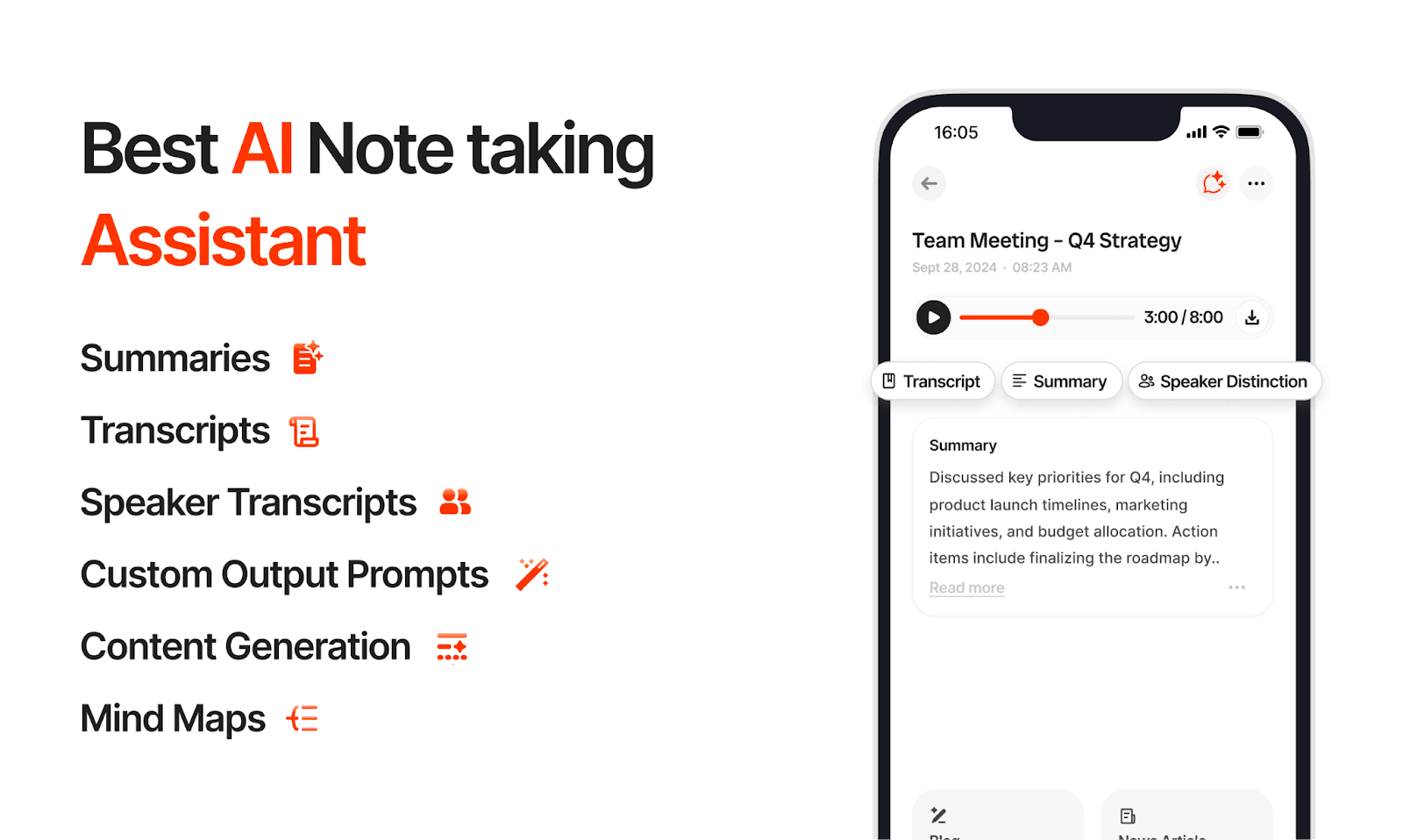
Stay organized without stress: Let AI handle the hard work of turning messy thoughts into actionable insights, making it perfect for ADHD minds or anyone seeking clarity.
Work your way: Capture thoughts naturally through voice, text, images, or even YouTube links with flexible tools that adapt to your style.
Simplify complex tasks: Use it for daily journaling, project planning, task lists, or self-reflection—whatever helps you stay on top of things.
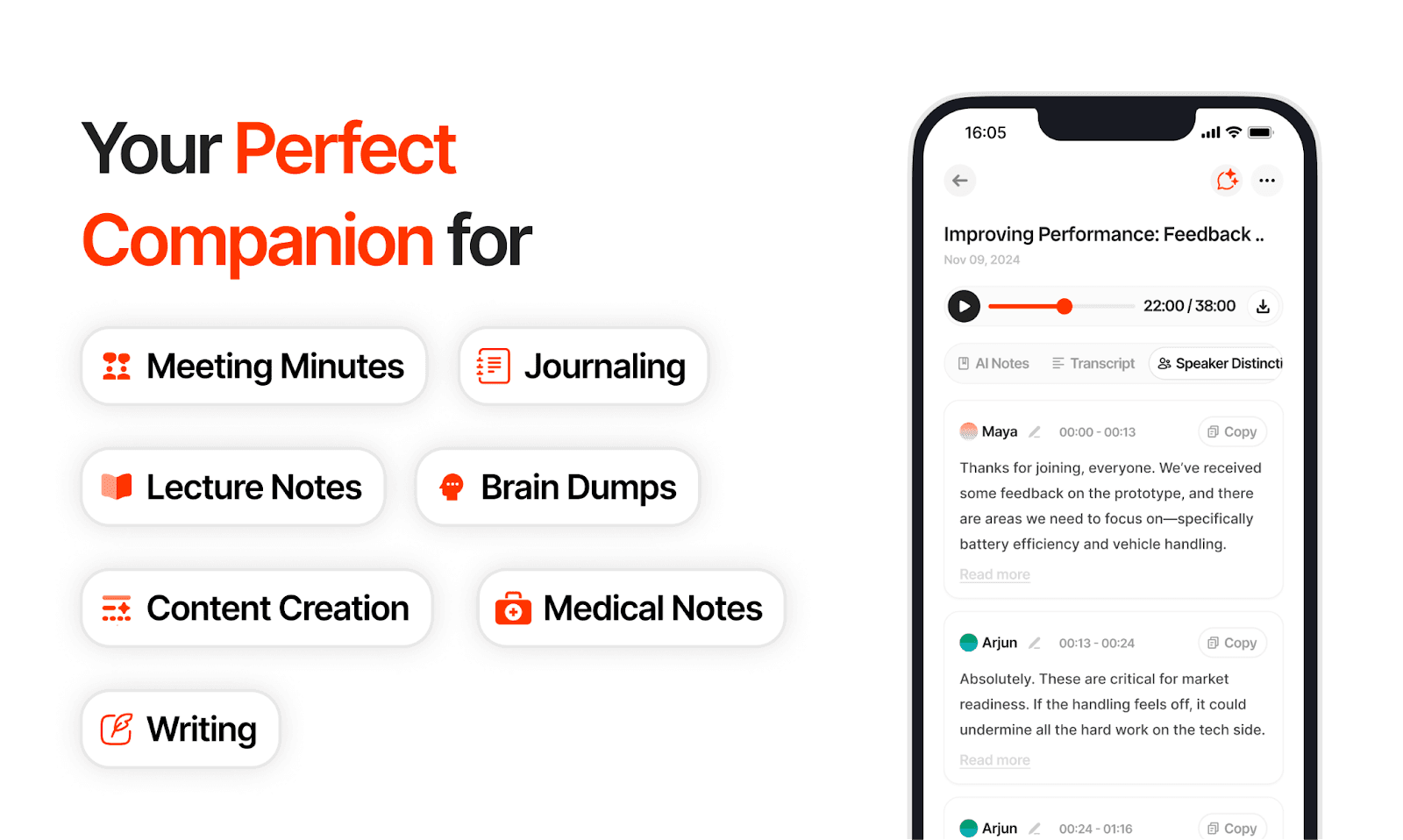
Access your notes anywhere: Stay connected across iOS, Android, or web platforms so you can work anytime, anywhere.
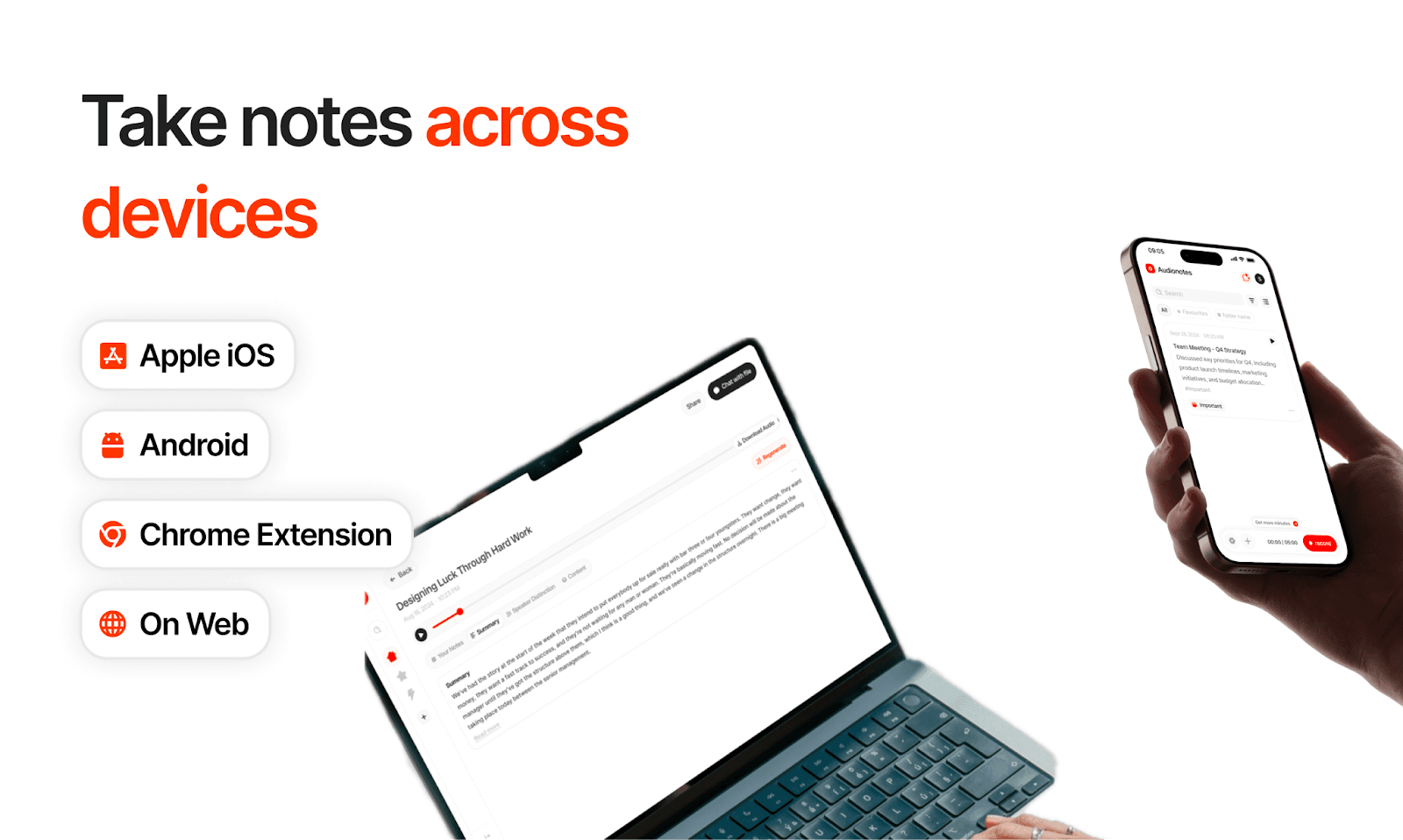
Collaborate effortlessly: Share your polished summaries or notes instantly with classmates, colleagues, or teams.
Capture thoughts in any language: Transcribe, summarize, and translate notes seamlessly in over 30 languages, making it easy to work across cultures and languages.
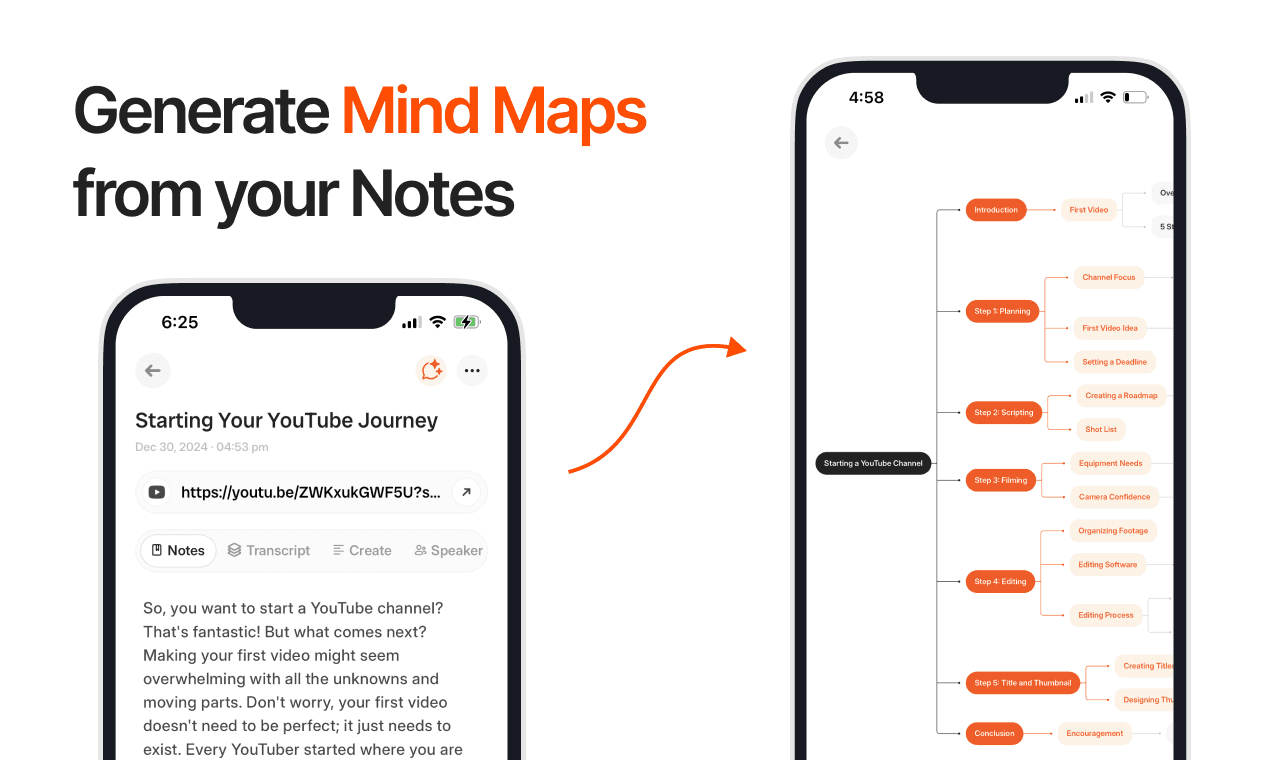
Create mind maps easily: Use the Audionotes mobile app to visually organize your ideas, enhancing brainstorming and project planning with intuitive mind mapping features.
With Audionotes, capturing your ideas feels natural, while AI takes care of the details. This way, you stay organized and focused without breaking a sweat. Download Audionotes and seamlessly turn your thoughts into organized action across the web, iPhone, and Android.